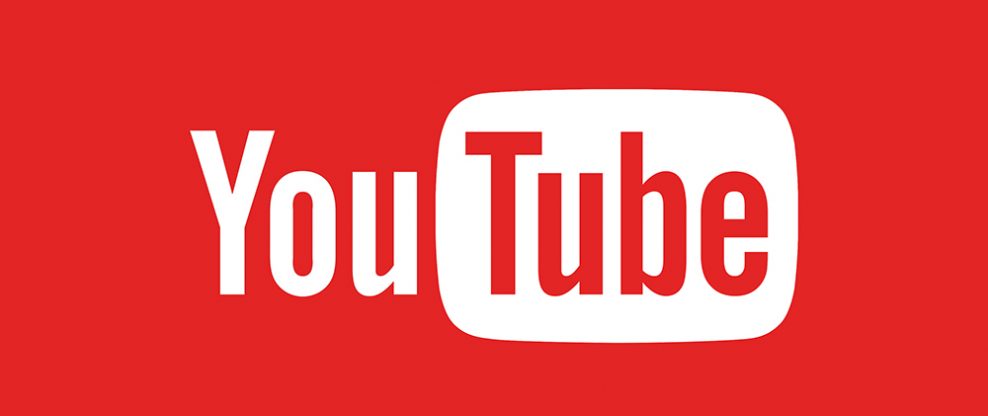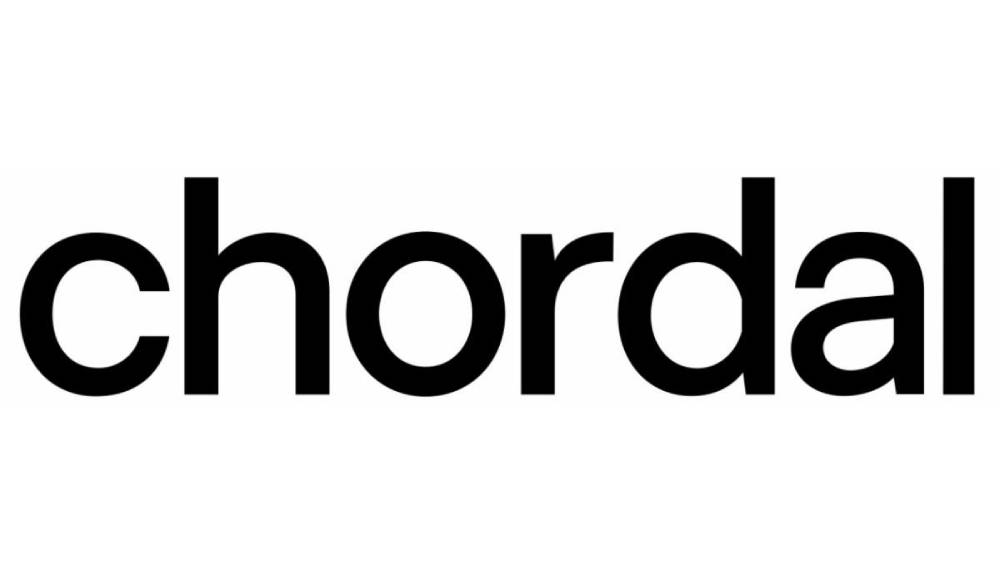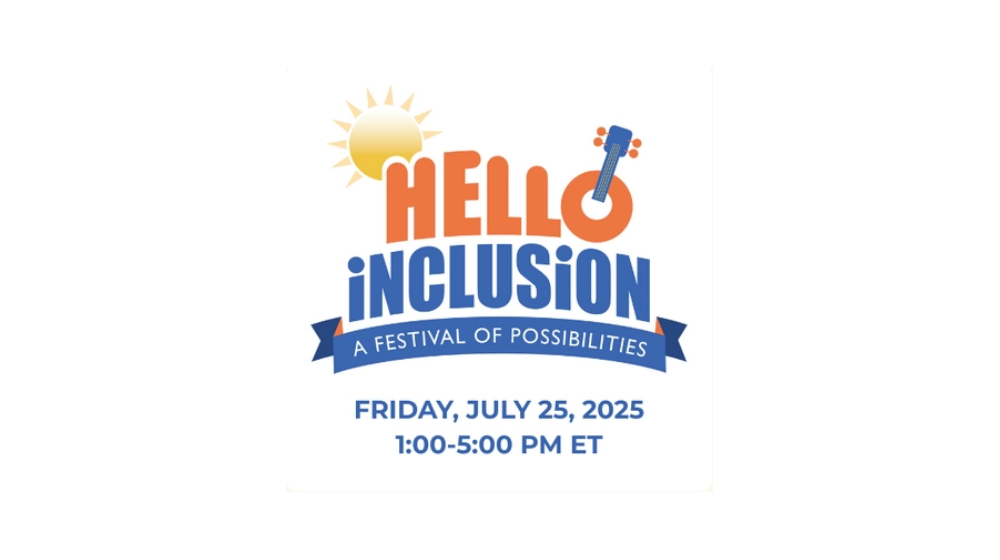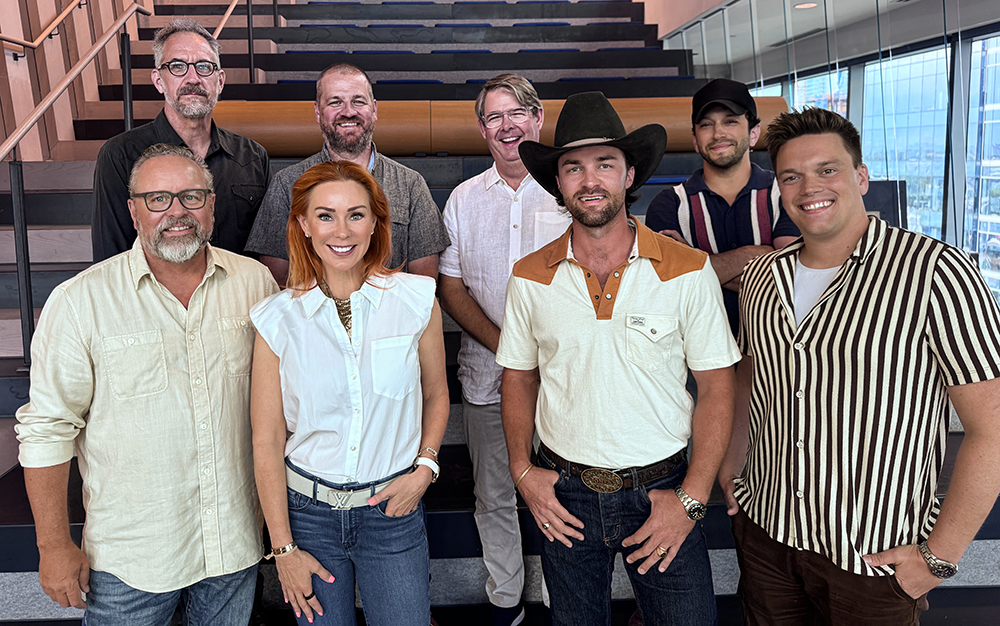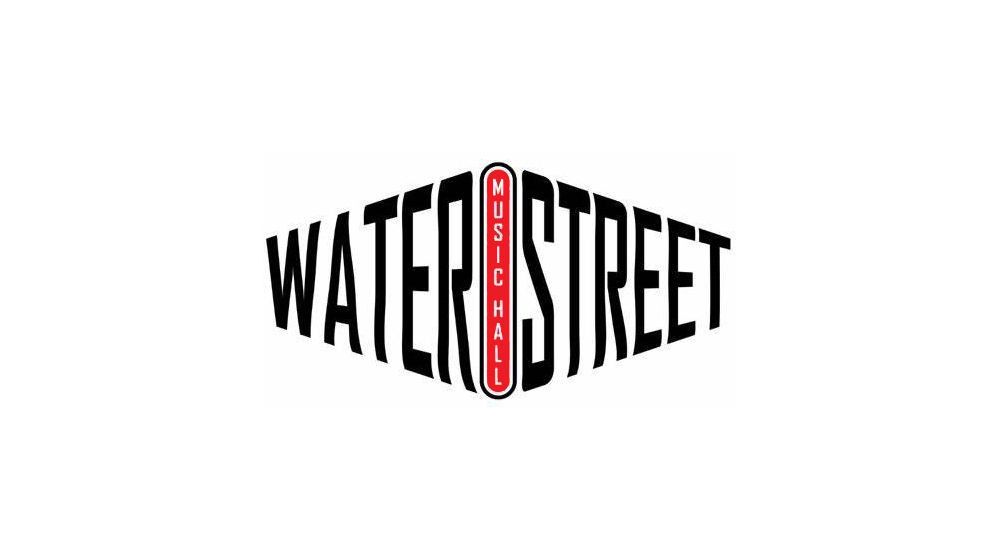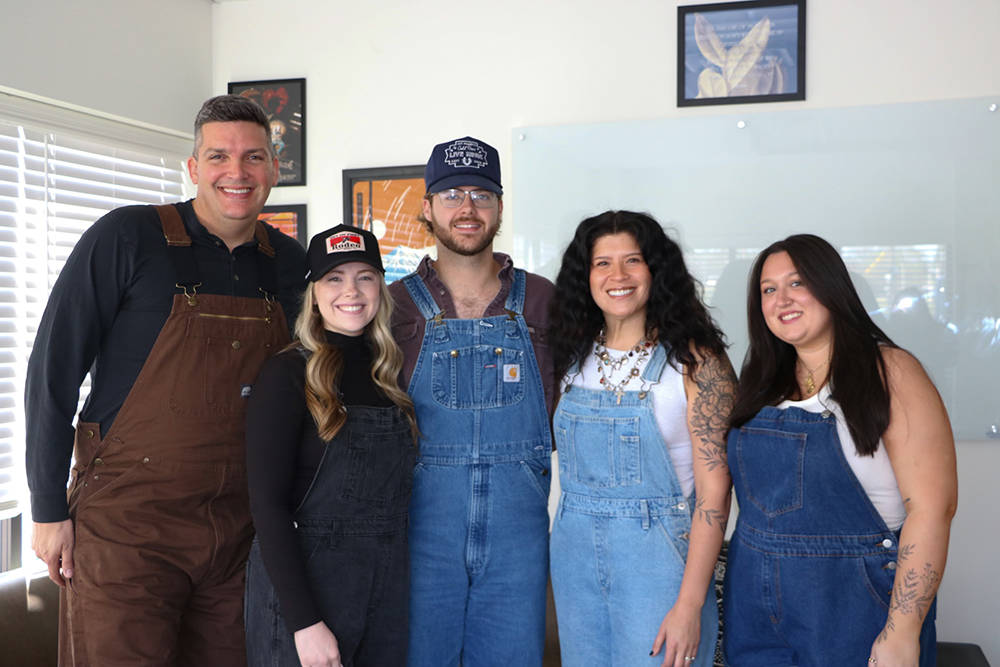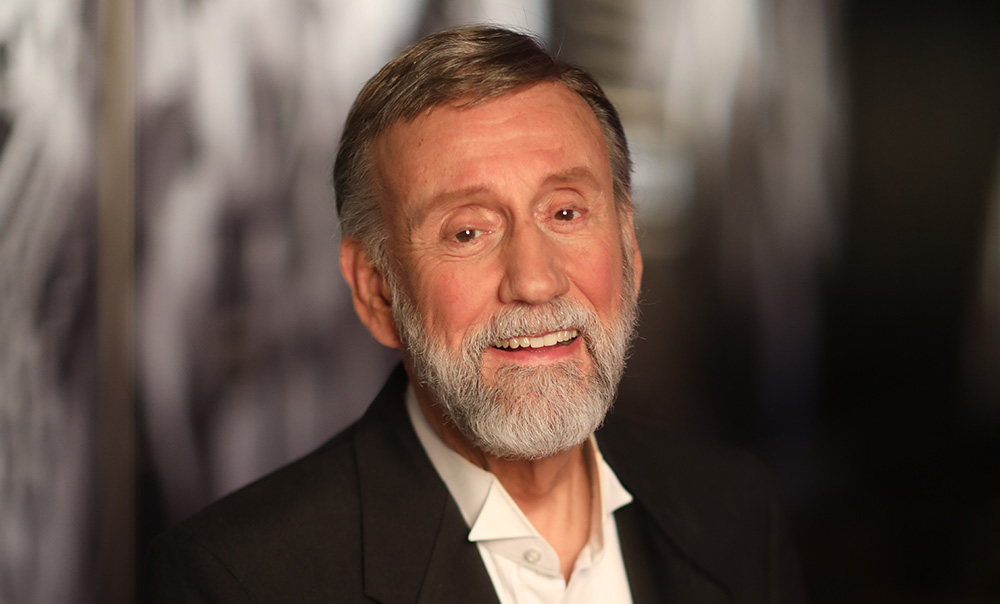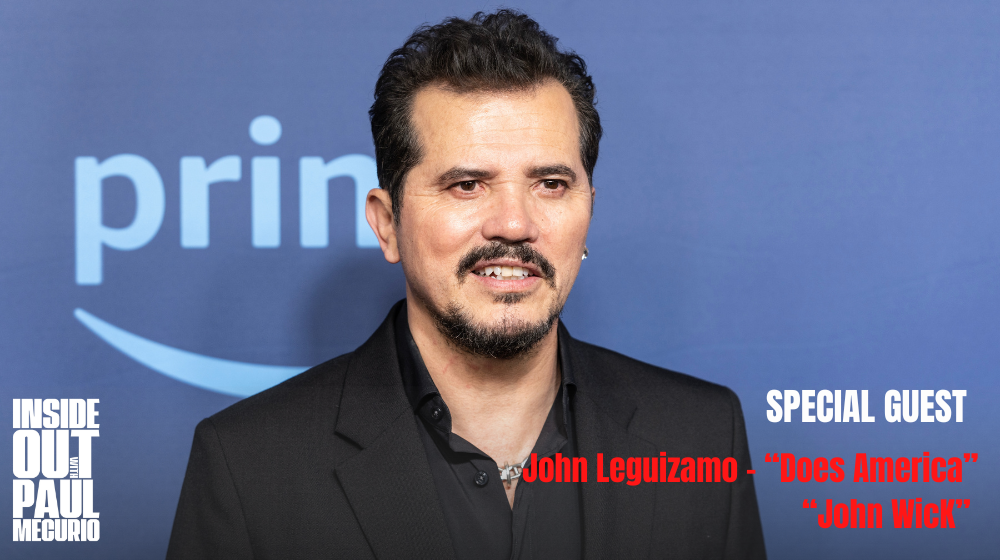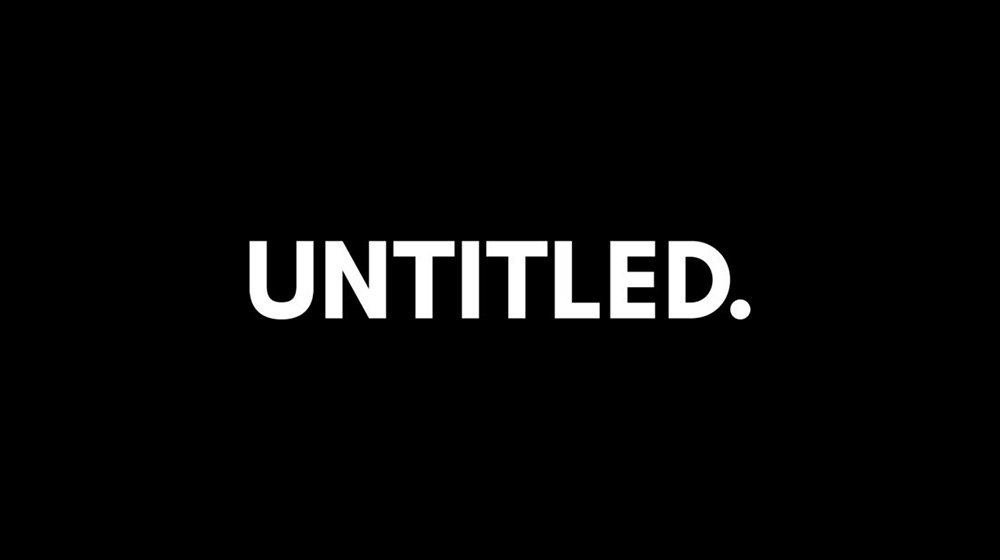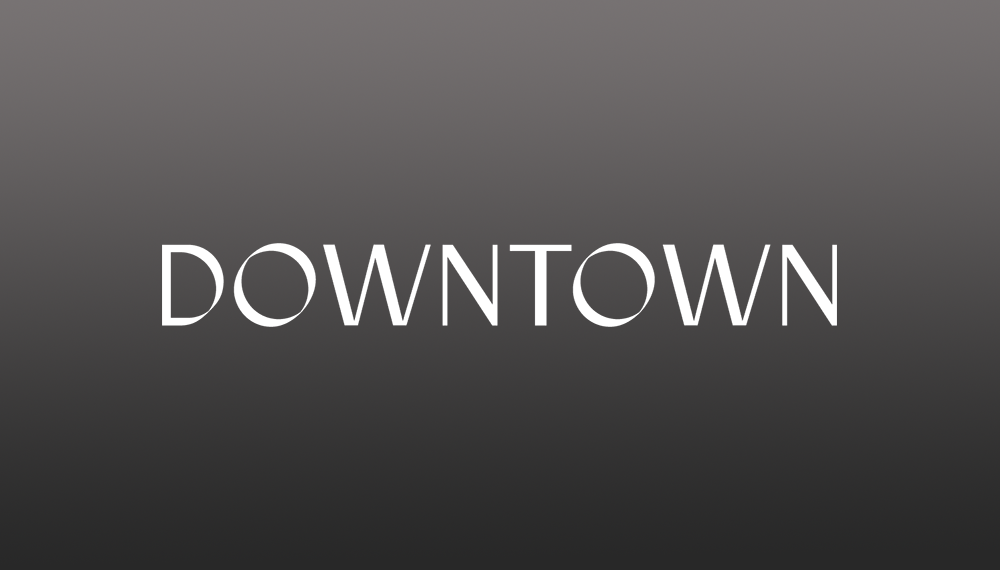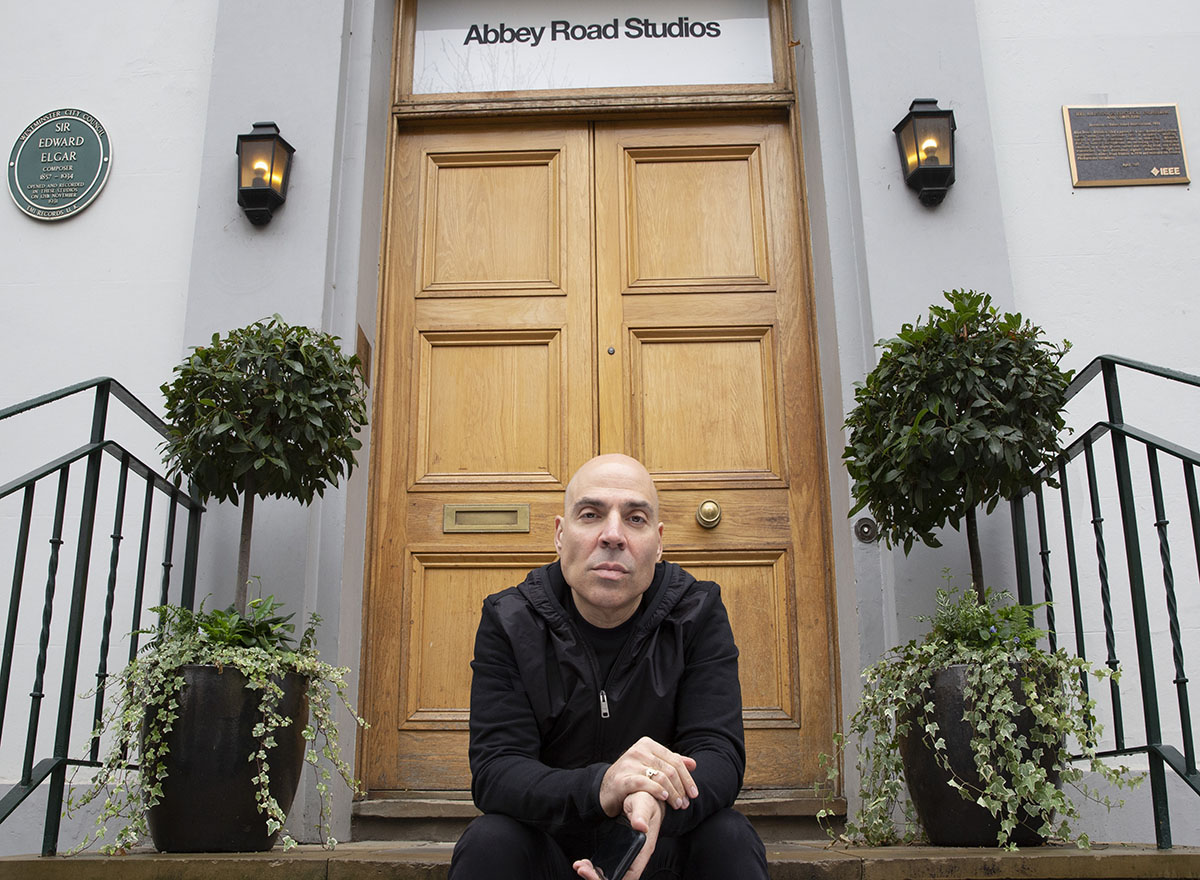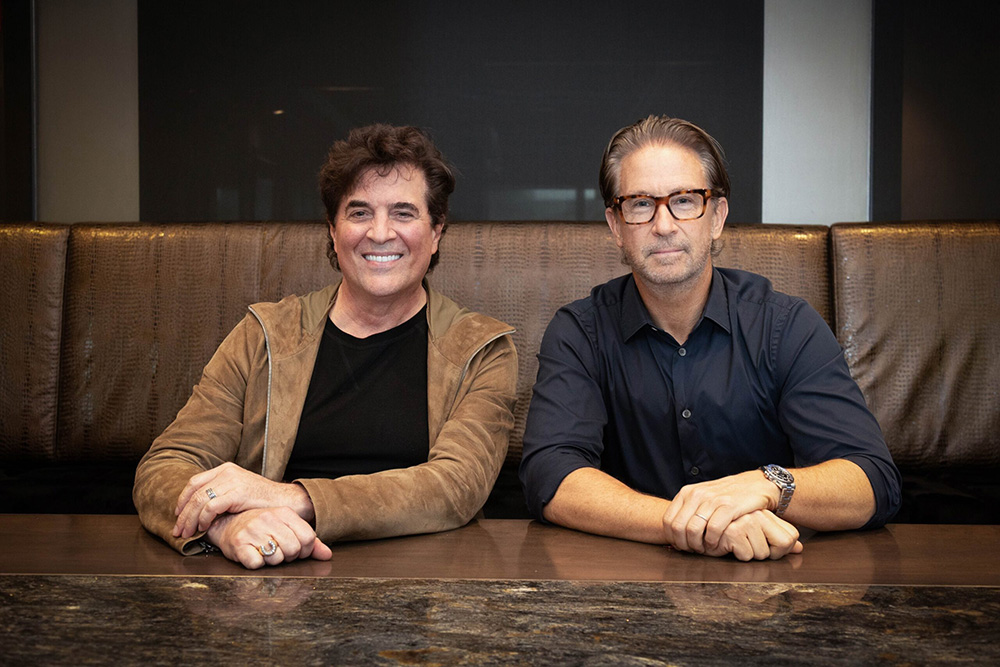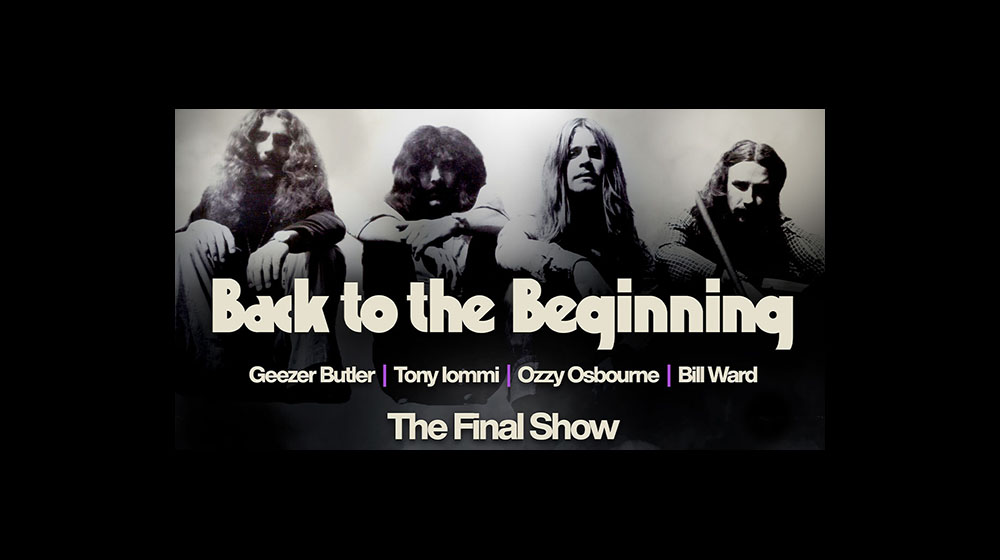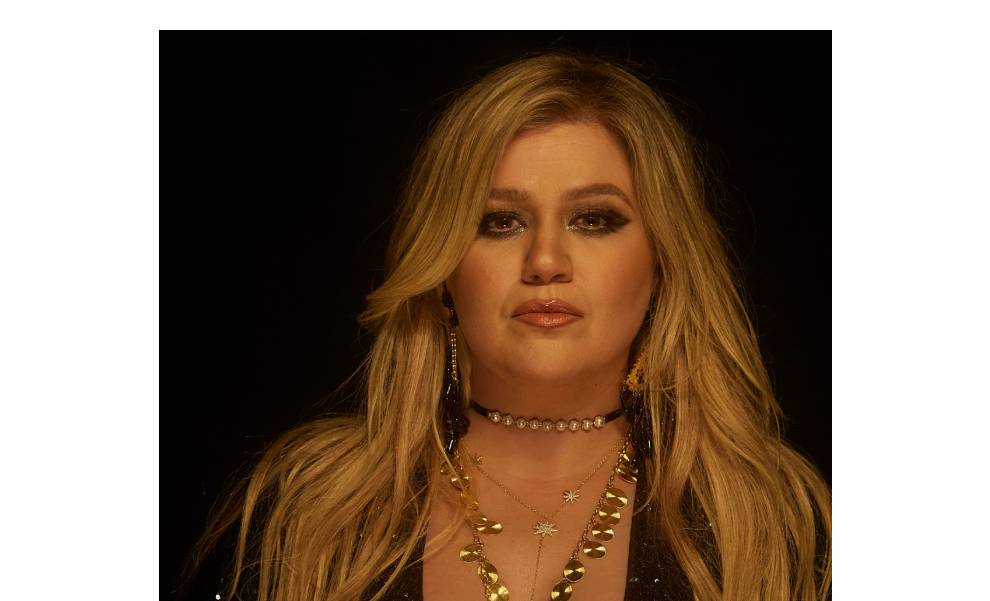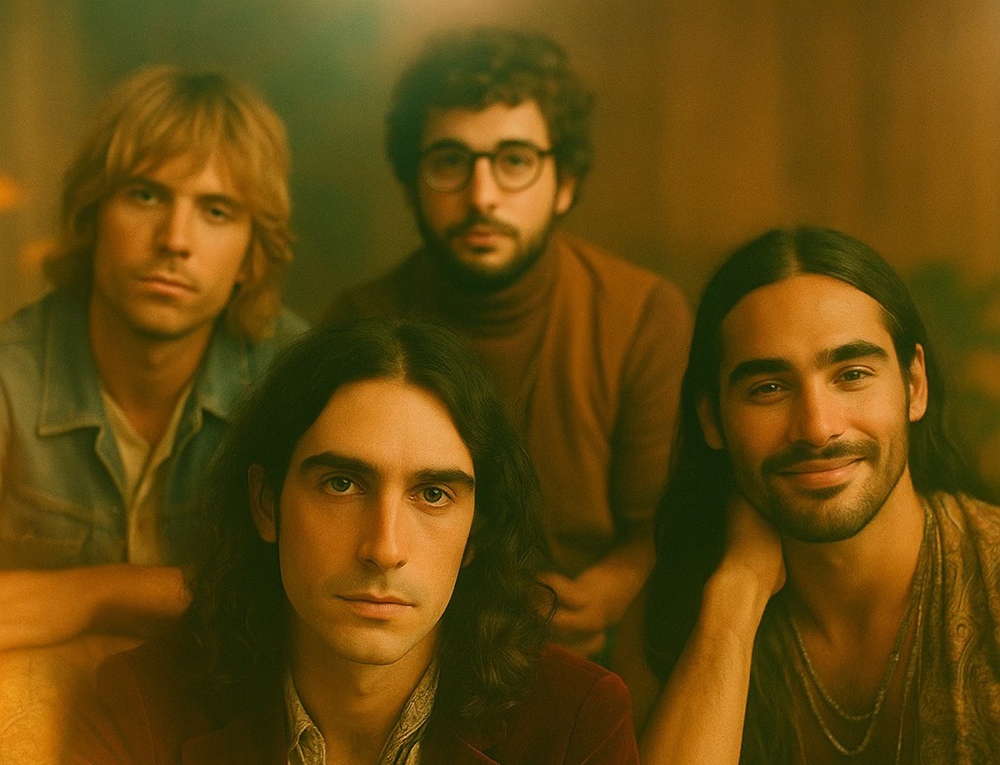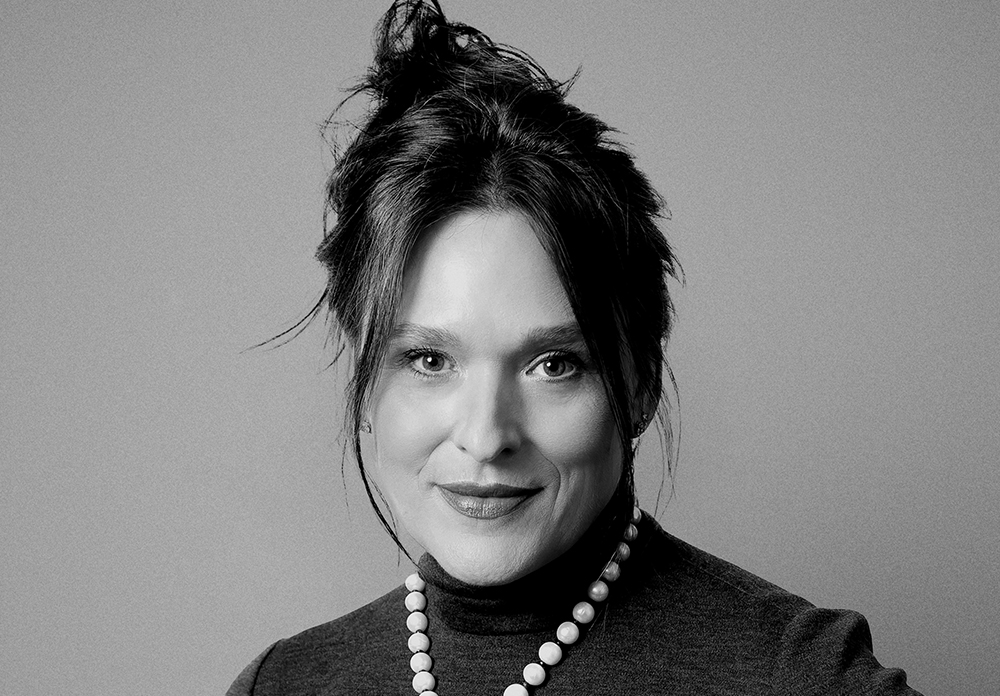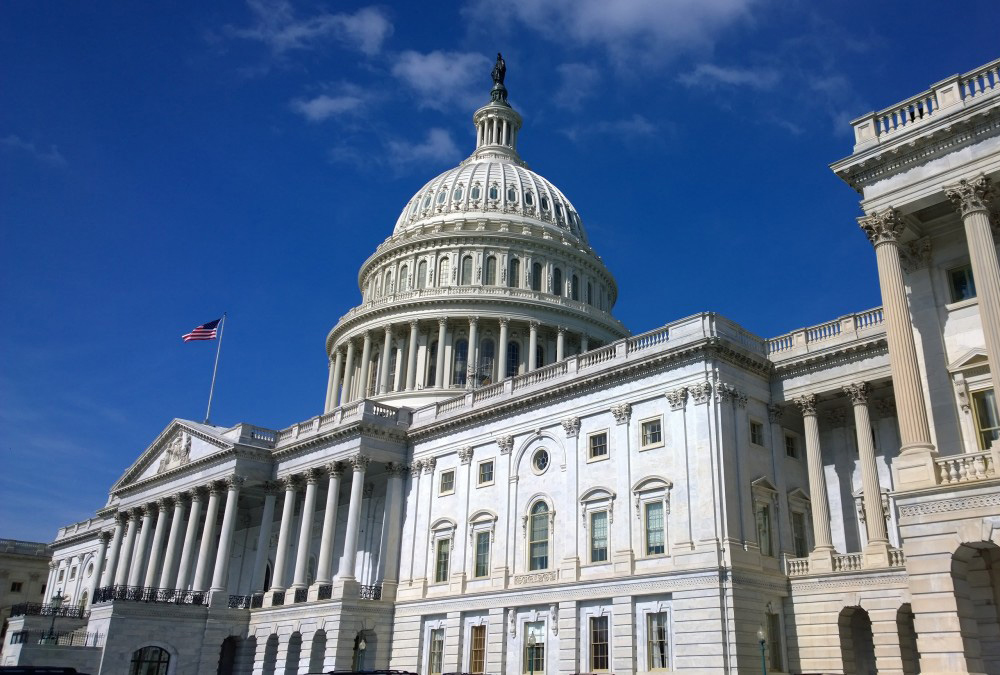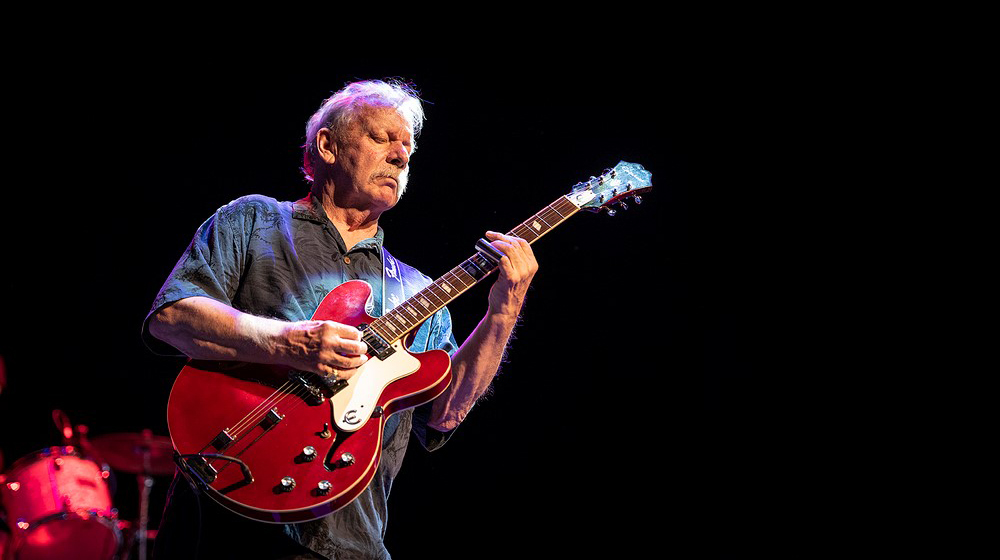(Hypebot) — The Western music industry is failing to capitalize on the revenue potential of YouTube, writes MIDiA top analyst Mark Mulligan.
By Mark Mulligan of MIDiA and the Music Industry Blog
In the coming weeks MIDiA will be presenting the third edition of its biannual YouTube music report, State of the YouTube Music Economy 3.0: End of the Beginning. This is a major report that presents the definitive traits of the YouTube music economy, including revenues, royalty payments, streams, subscribers, user behaviour and user demographics.
One of the key themes in this report is how the music industry, or at least the Western music industry, is failing to capitalise on the revenue potential of YouTube. Royalty rates play a part, and Europe’s Article 17 will have some role (exactly what is yet to be determined) in changing this. However, music rightsholders can also get more out of YouTube by better utilising the dynamics of the YouTube economy. As subscription growth slows in developed markets, YouTube has the potential to be a major revenue growth driver.

“treat YouTube channels as fan clubs”
Music does not naturally fit YouTube’s channel template. YouTube’s ‘channels’ are better considered talent and content feeds; they perform the same role as following a creator on TikTok or Instagram, ensuring that the subscriber gets immediate access to all the latest content without having to go looking for it. Most artist channels on YouTube deliver content infrequently and, crucially, only sporadically. YouTube audiences expect more from YouTube channels. This approach implicitly treats YouTube channels as fan clubs rather than the content feeds that they are designed to be.
Treat channel subscribers like you would friends
It does not need to be this way. In fact, an emerging breed of non-Anglo music channels are finding success by doing things differently. Across the top 10 most subscribed music channels on YouTube, one is Brazilian, two Indian and one Korean. Unlike the Anglo artists that make up the remainder of the top 10, these four channels deliver a frequent, regular flow of content. The contrast between the two approaches to content is clearly visible.
The top three non-Anglo channels had uploaded more than one video a day for the first 10 days of October. Of the Anglo artists, however, only Marshmello had uploaded a new video recently, while most of the others had not uploaded in months. Ed Sheeran was the worst culprit, with nine months having passed since his last video, his ‘BRB’ logo notwithstanding. Taking nine-plus months off and then simply expecting the audience to still be there, waiting, is little short of arrogant. YouTube subscriber bases need treating like friends. How would you feel if a good friend went dark for nine months and then got back in touch and asked you for something? A similar dynamic is at play here.
Label-led curation and programming
A unifying factor of these top performing non-Anglo music channels is that they are ‘label’ led rather than artist led. Artist-led YouTube strategy is a natural extension of label marketing strategy but it falls short on YouTube because most artists deliver far too little content. Of course, a label-led approach flies against how music fandom has worked for decades (niche afficionado labels excepted) but a genre or label approach alongside artist channels can be a way of driving subscriber engagement and pushing up ad revenues. Yes, Indian music companies are dramatically different entities to Western labels, but the principles can still be translated – and KondZilla (the second-most subscribed music channel) is Brazilian.
Innovating the format
Then there is the issue of format innovation. MIDiA has been arguing for years that labels should be considering longer formats to complement the core music videos. One way is stitching together curated collections of tracks with chapter markers between each one to create more video ad inventory opportunities. This is something the non-Anglo channels are already doing. For example, in the 10-day sample period, Zee Music Company posted an extended video the ‘Best of Amitabh Bachchan’ that featured ten separate music videos spliced together with chapter breaks.
Despite being so well established, YouTube is growing fast in terms of revenue, audience and views. Yet, music monetization is not growing at the same (watch out for the report for exactly what this divergence looks like). Now is the time to start experimenting with new formats and content strategy. Done right, YouTube monetization can grow strongly for music rightsholders, regardless of what happens with Article 17.

